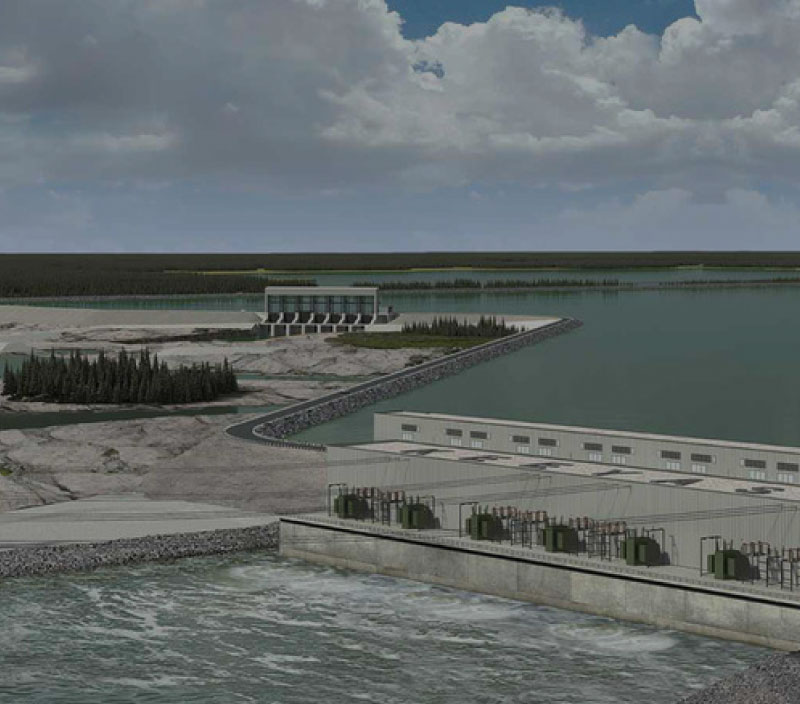THE PROBLEM
Manitoba Hydro produces clean hydro power that is exported to Ontario and the USA. Such transactions are in the millions of dollars each year. The power interconnection between Manitoba and Ontario is called the OM Tie. The System Planning Department at Manitoba Hydro needs to determine the generation pattern (i.e., how much electricity to generate) at certain power plants so that they can sell enough electrical energy to Ontario through the OM Tie without causing instability to the power system.
The conventional practice is to use a look-up table, generated from experience or historical analyses, to decide the generation pattern. But with the changing power system configuration and the changing water conditions every year, the look-up table was inadequate and Manitoba Hydro needed a method and tool to quickly determine the generation pattern to maximize profit in the energy market.
THE SOLUTION
We created a predictive model for the System Planning Department that modelled the effects of 50 parameters and predicted the power generation pattern and calculated the maximum energy available for export. With such a tool, the power generation pattern can be determined with any system conditions with the confidence that such a generation pattern will not cause system instability.
THE RESULTS
Only 315 expensive simulation calls are used to build a predictive model for a 50 parameter problem. Our predictive modelling strategy modelled a complicated power system with many contingency and system reliability checks.
Through this process, engineers at Manitoba Hydro gained valuable insight into the power system and received a software tool that is useful for system planning.








